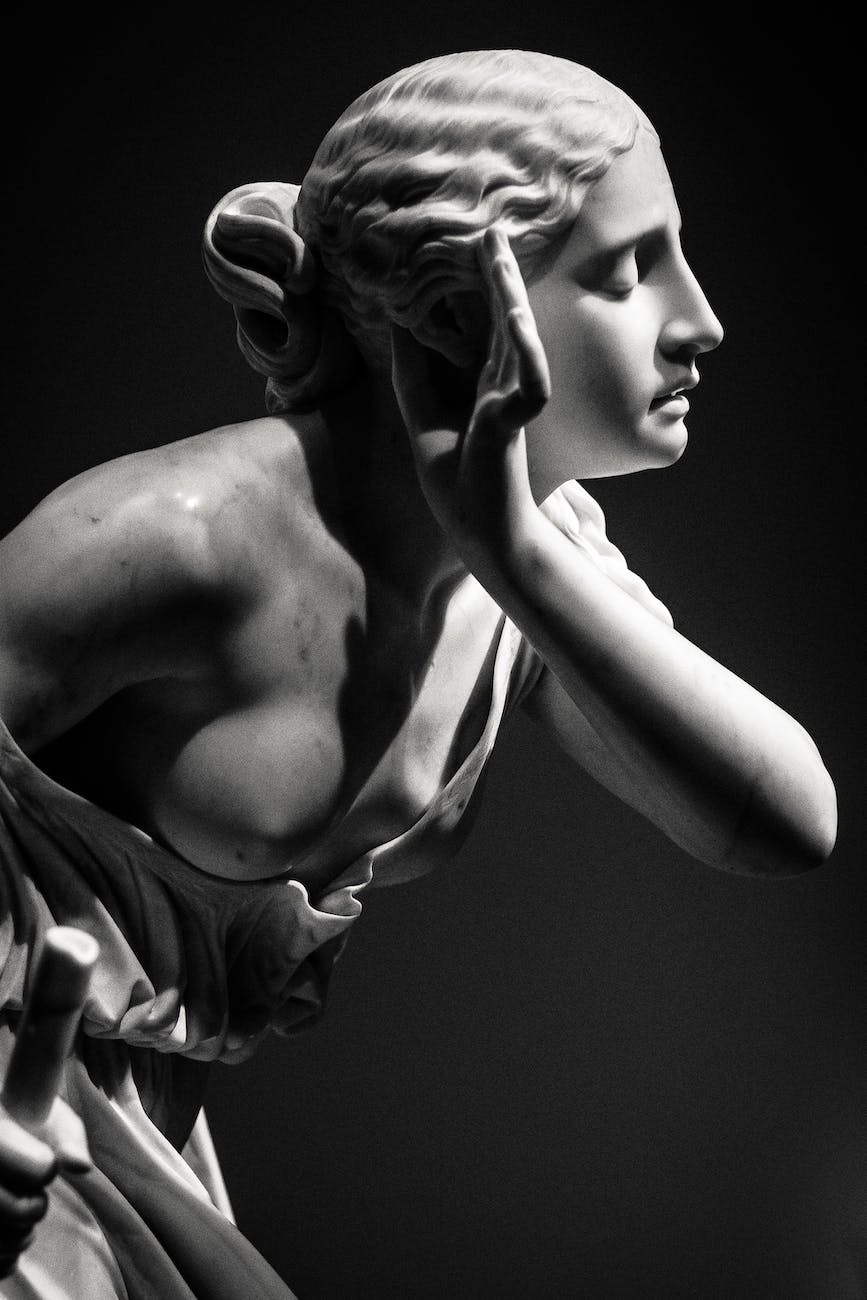Sculpture for Beginners: A Comprehensive Introductory Guide
For aspiring artists ready to learn sculpting fundamentals, certain core competencies and considerations help build creative confidence before tackling more ambitious works. Exploring beginner-friendly materials, essential techniques, tools, and best practices lays strong foundations for manifesting imaginative 3D art across various media.
Selecting Appropriate Starter Materials
Durable, affordable, and forgiving clays like pottery stoneware or polymer oven-bake clays allow practice without high cost. Move into ceramic porcelain or casting wax once basic modeling skills progress. Other beginner options include wood, wire, paper mâché, and foam. Avoid fragile or toxic media needing special handling early on.
Learning the Four Primary Sculpting Methods
Mastering modeling, carving, casting, and assembling core techniques grants versatility across materials and scale. Each requires specific tools from files and rasps to molded rubber for casting. Practice all four methods on starter media to discover preferences while gaining initial exposure to the unique advantages of each for translating ideas into 3D.
Studying Human and Animal Anatomy
When sculpting figurative works, familiarity with musculoskeletal anatomy and proportion ratios helps capture realistic poses and gestures. Many materials like polymer clay hold fine surface detail well. Sketching studies, closely analyzing reference photos, and continual observation from life improves accuracy of human and animal forms dramatically.
Exploring Abstract Sculpting Approaches
Abstraction allows freeform experimentation with shapes and textures using techniques like stretching, deforming, stacking, or fracturing materials. Observe nature’s mesmerizing patterns and geometry as abstract inspiration. Allow hands to find organic rhythms and flow intuitively across media like wire and clay when crafting inventive abstractions.
Sourcing Inspirational Concepts from Culture and Ideas
Look beyond physical subjects to cultural commentary, social issues, fantasy, music, poetry, science, and more for concept sources. Example explorations include mini mushroom ecosystems symbolizing networks or wire figures defying gravity through illusion. Let diverse inspirations push creative boundaries conceptually.
Establishing an Efficient Studio Workspace
Optimize working space and tools for safety, storage, and efficiency. Proper ventilation, lighting, surfaces, and organization prevents frustration. Considerations include dust control, hazardous material handling, machinery safety protocols, and ergonomics. A streamlined studio supports rather than distracts focus on sculpting objectives.
Learning the Language of Sculpture as an Art Form
Each media and genre holds associated styles, techniques, aesthetics, and consideration unique to sculpture versus 2D art. Research influential works and artistic periods like Bernini Baroque, De Stijl minimalism, orJW kineticism to understand developments and innovations that pushed the artform forward creatively. Context elevates execution.
Developing Skills Takes Patience and Dedication
Remain patient while competency develops through regular practice applying new techniques across iterations. Avoid comparing early works too harshly to professionals. Focus on small milestones. Learning sculptural fundamentals requires ongoing dedication over months and years to build skill levels through immersive making, reflection, and problem solving.
The journey into sculpture’s possibilities begins with simple preparatory steps exploring accessible materials and techniques without pressure. Curiosity and commitment grow competency exponentially over time. Core foundations support increasing creativity as confidence builds through practice.
